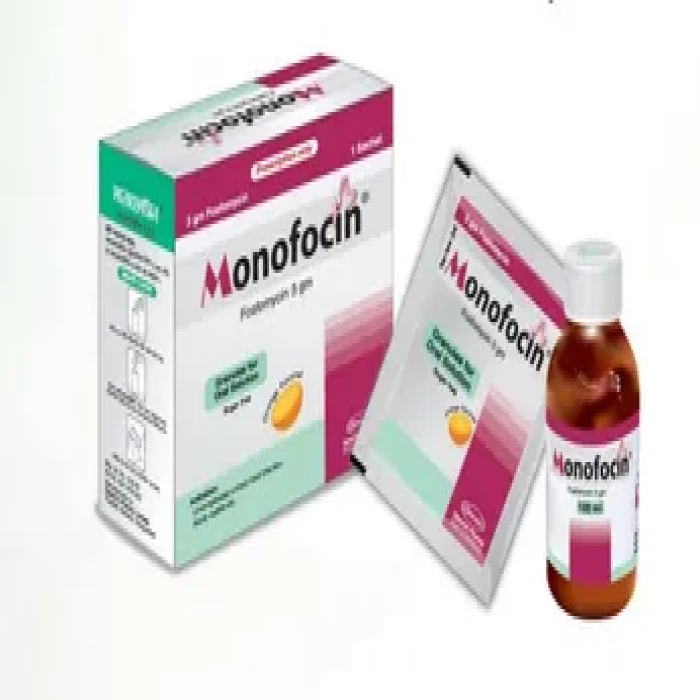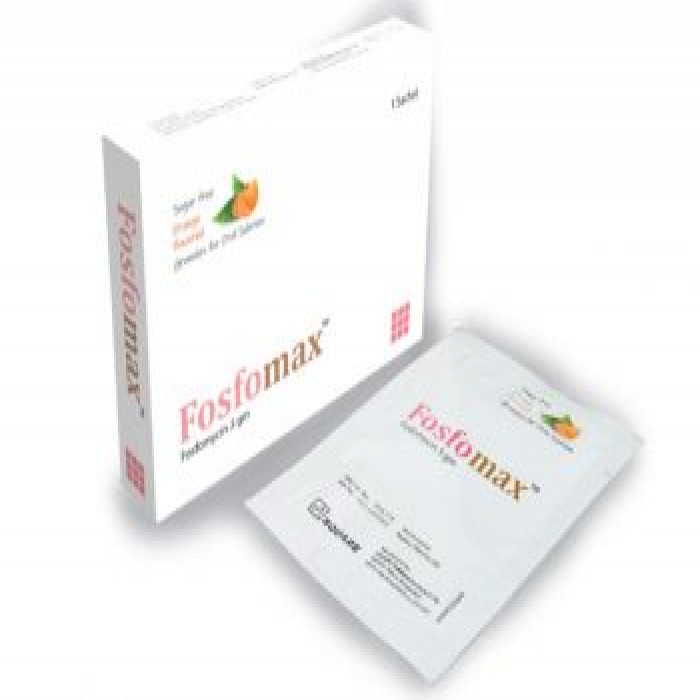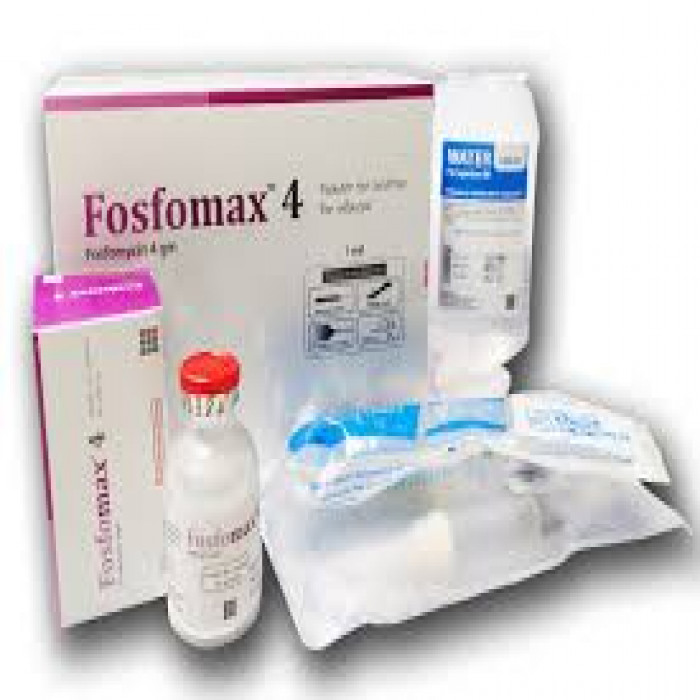
✔ 100% Authentic Product
👁️ Currently Viewing 375
100% Genuine Products, Guaranteed
Safe & Secure Payments, Always
Fast, Secure & Efficient Delivery
Proper Packaging
 Cash on Delivery - All over Bangladesh
Cash on Delivery - All over Bangladesh Regular Delivery - 8-12 Hours, Dhaka City*
Regular Delivery - 8-12 Hours, Dhaka City* Regular Delivery - 24-48 Hours, All Over Bangladesh*
Regular Delivery - 24-48 Hours, All Over Bangladesh* ফ্রি ডেলিভারি! - ১৪৯৯ টাকা+ অর্ডারে ঢাকা
শহরে ।
ফ্রি ডেলিভারি! - ১৪৯৯ টাকা+ অর্ডারে ঢাকা
শহরে । ফ্রি ডেলিভারি! - ২৯৯৯ টাকা+ অর্ডারে ঢাকার
বাহিরে ।
ফ্রি ডেলিভারি! - ২৯৯৯ টাকা+ অর্ডারে ঢাকার
বাহিরে ।
✅ Description:
Indications
Fosfomycin is demonstrated as it were for the treatment of uncomplicated urinary tract contaminations (intense cystitis) in ladies due to vulnerable strains of Escherichia coli and Enterococcus faecalis. Fosfomycin isn't shown for the treatment of pyelonephritis or perinephric abscess. If determination or return of bacteriuria happens after treatment with Fosfomycin, other restorative specialists ought to be chosen.
Pharmacology
Escitalopram is a selective serotonin reuptake inhibitor that is taken orally (SSRI). The pure S-enantiomer of the racemic bicyclic phthalate derivative citalopram is escitalopram. When it comes to inhibiting 5-HT reuptake, escitalopram is at least 100 times more potent than the R-enantiomer. Escitalopram binds to serotonergic and other receptors, including alpha, with no or very low affinity.
Administration & Dosage
The recommended dosage for women 18 years of age and older for uncomplicated urinary tract infection (acute cystitis) is one sachet (3 gm) of Fosfomycin. Fosfomycin may be taken with or without food. Fosfomycin should not be taken in its dry form. Always mix Fosfomycin with water before ingesting.
Preparation: Pour the entire contents of a single-dose sachet of Fosfomycin into 3 to 4 ounces of water (½ cup) and stir to dissolve. Do not use hot water. Fosfomycin should be taken immediately after dissolving in water.
Interaction
Antidepressants such as SSRIs and related antidepressants should not be started for at least two weeks after stopping an MAOI. An MAOI, on the other hand, should not be started until at least one week after an SSRI or similar antidepressant has been discontinued (2 weeks in the case of paroxetine and sertraline, at least 5 weeks in the case of fluoxetine).
Contraindications
Escitalopram is not recommended for patients who have a known hypersensitivity to Escitalopram, Citalopram, or any of the drug's inactive ingredients. It's not a good idea to take escitalopram and monoamine oxidase/pimozide at the same time.
Side Effects
SSRIs are less sedating than tricyclic antidepressants and have fewer antimuscarinic and cardiotoxic effects. SSRIs can cause gastrointestinal problems (nausea, vomiting, dyspepsia, abdominal pain, diarrhoea, and constipation are all dose-related and fairly common), as well as anorexia and weight loss (increased appetite and weight gain also reported).
Pregnancy & Lactation
The risks and benefits of treating a pregnant woman with Escitalopram during the third trimester should be carefully considered by the physician. It's passed through human breast milk. The risk of citalopram exposure for the infant and the benefits of Escitalopram treatment should be considered when deciding whether to continue or stop nursing or Escitalopram therapy.
Precautions & Warnings
In patients with epilepsy (avoid if poorly controlled, discontinue if convulsions develop), concurrent electroconvulsive therapy (prolonged seizures reported with fluoxetine), history of mania, cardiac disease, diabetes mellitus, angle-closure glaucoma, concomitant use of drugs that increase bleeding risk, and history of bleeding disorders, SSRIs should be used with caution.
Storage Conditions
Protect from light and moisture by storing below 30°C. Keep the medicine out of children's reach.
Disclaimer:
ePharma sole intention is to ensure that its consumers get proper
information as musch as possible. Although we do not guarantee the
accuracy and the completeness of the information that provided and
here information is for informational purposes only.
The information contained herein should NOT be used as a substitute
for the advice of a qualified physician. This may not cover
everything about particular health conditions,
lab tests, medicines, all possible side effects, drug interactions,
warnings, alerts, etc. Please consult your healthcare professional
and discuss all your queries related to any disease or medicine. We
intend to support, not replace, the doctor-patient relationship.











